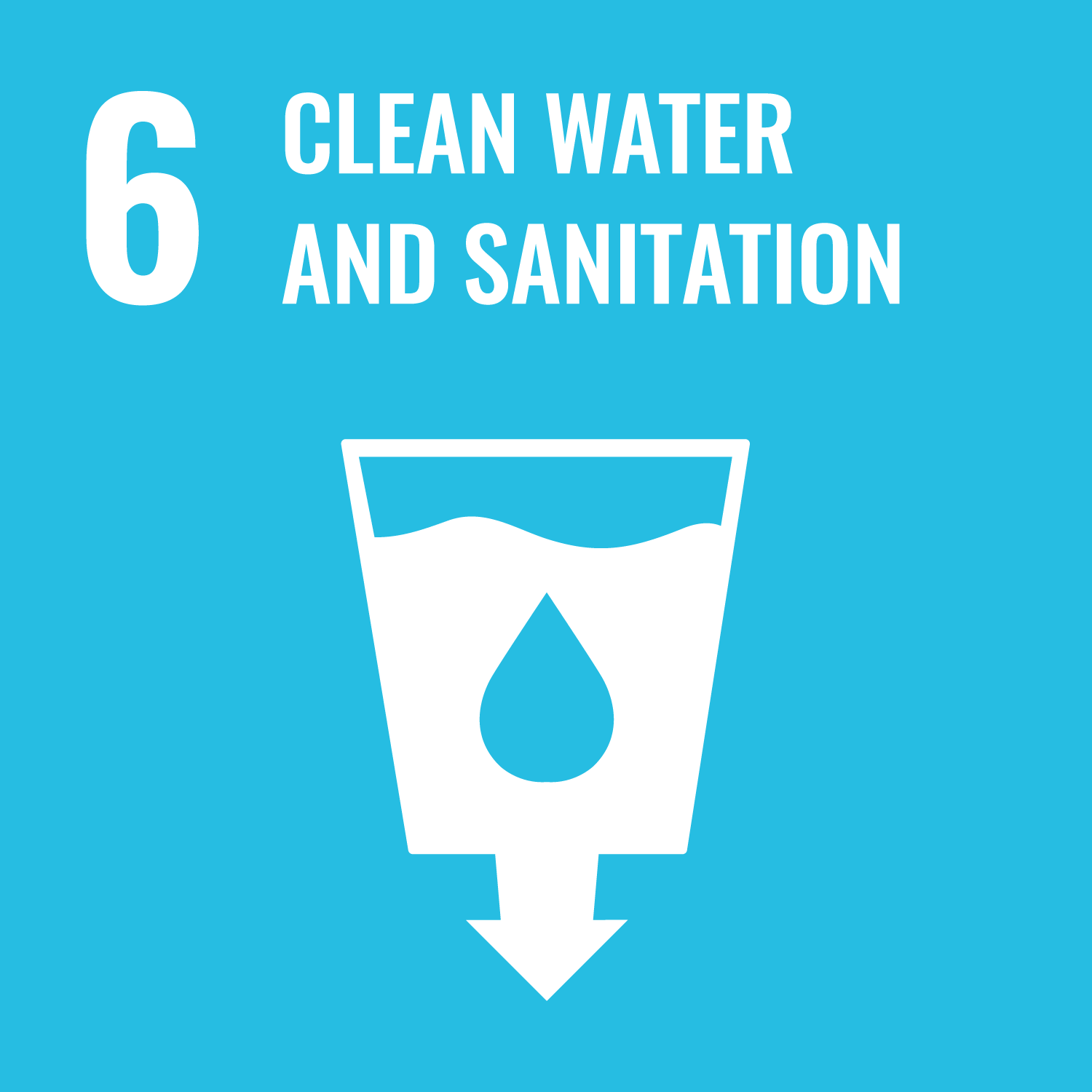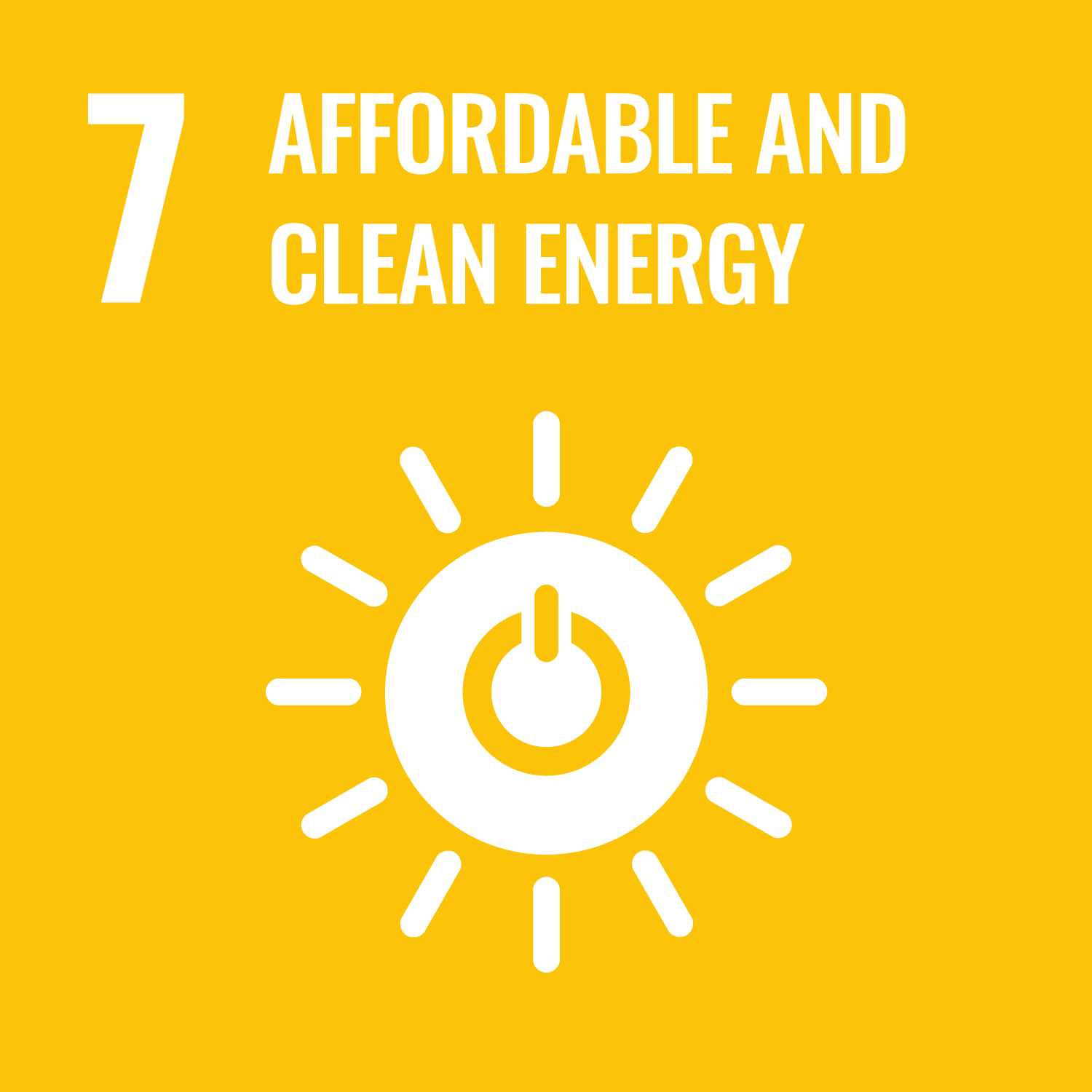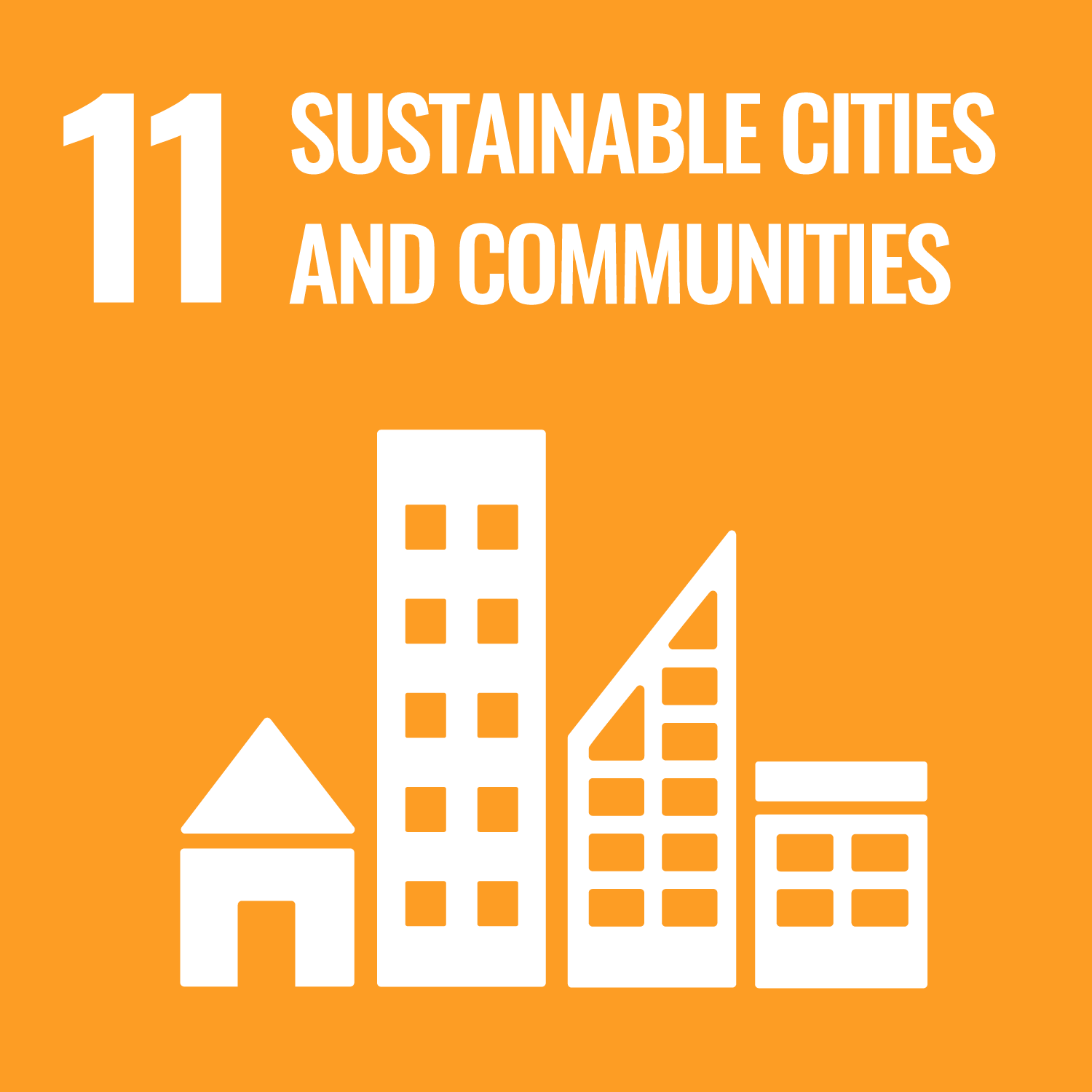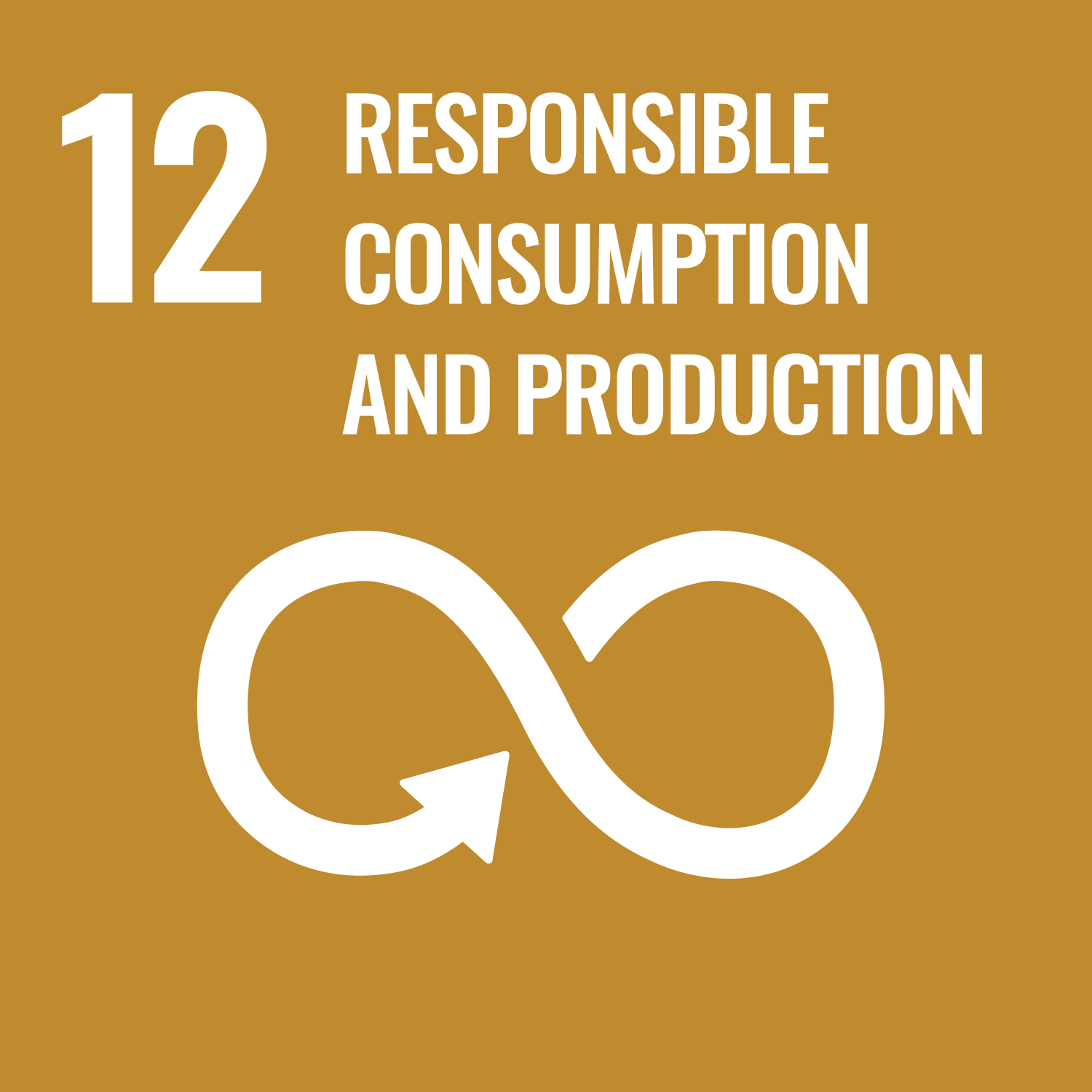Appendix 2 - Transit and the Environment
Transit and the Environment:
The industrial revolution has driven the way that our transportation, economy, and environment is today. In the process, it disconnected people. We need to drastically shift how we grow as a province, seeing people as an active part of the health of the environment.
When designing for the automobile, development spread in places that it should not, invading the natural landscape. LWT lines will protect the natural environment by placing them in areas best suited for growth.
LWT leads to less impact on the environment, less pollution, and greenhouse gases, and preserves natural land
Public transportation produces 95 percent less carbon monoxide (CO), 90 percent less in volatile organic compounds (VOCs), and about half as much carbon dioxide (CO2) and nitrogen oxide (NOx), per passenger mile, as private vehicles.
Transportation is the largest sector for energy demand at 44% (Government of Canada, 2019)
One-fifth of all emissions in the US is from automobile use (Union of Concerned Scientists, 2014)
24 pounds of carbon dioxide for every gallon of gas (largely comprised of carbon, once gasoline burns, the carbon releases and combines with oxygen from the air to form CO2.) • In 2010, NASA declared that autos were officially the largest contributor to climate change pollution globally (NASA, 2010)
Transportation is the second-largest contributor to carbon dioxide emissions at 24% (the largest is the oil and gas by sector at 27%) (Government of Canada, 2020a).
The increase in total GHG emissions between 1990 and 2017 was mostly due to an 84% increase in emissions in the oil and gas sector and a 43% increase in the transportation sector (Government of Canada, 2020a).
A bus with as few as seven passengers is more fuel-efficient than the average single-occupant auto used for commuting (State of Delaware).
Transit, reduces levels of traffic noise pollution. Exposure to
excessive noise levels can induce hearing loss and negatively impact mental health. • Of the five categories that were identified as sources of heavy metals (air pollution, automotive, industrial, residential, and water supply), automotive sources were among the most significant sources of heavy metals, including vehicle exhaust, tire wear, and brake pad wear (Armstrong, 1994).








